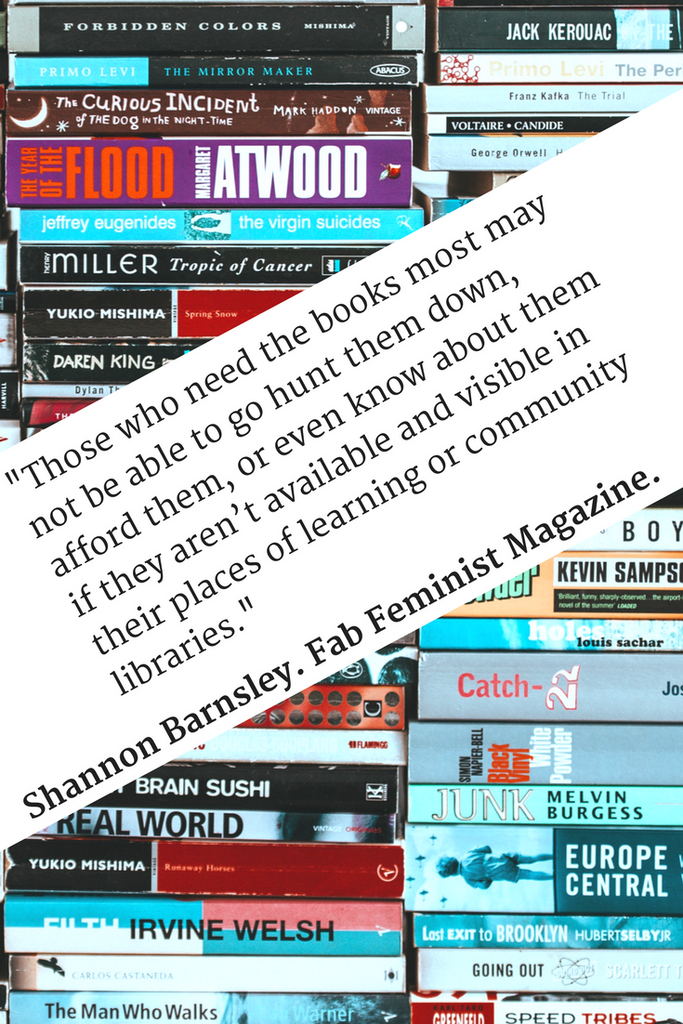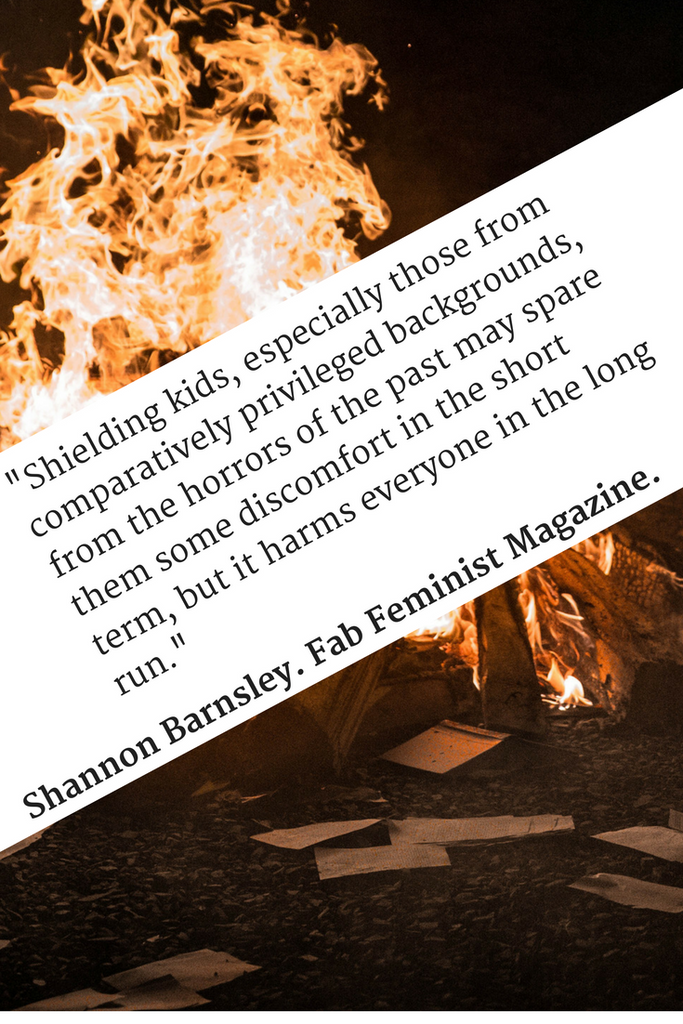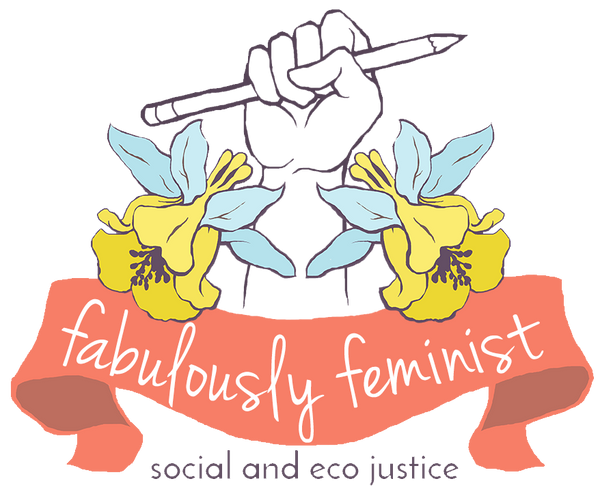“Them that begin by burning books, end by burning men.”
-Heinrich Heine
Started 35 years ago to combat growing censorship, Banned Books Week is an annual event to raise awareness of book bans, book challenges, and intellectual freedom issues. The event is sponsored by the American Library Association, Comic Book Legal Defense Fund, Freedom to Read Foundation, American Booksellers Association, American Society of Journalists and Authors, National Council of Teachers of English, The National Coalition Against Censorship, and many more.
According to the official BBW website, this year’s Banned Books Week, held from September 24th to September 30th, will focus on the First Amendment and “Our Right to Read”. The ALA is also using the slogan “Words Have Power”. There is some confusion over the terms involved, so, for brevity’s sake, a challenged book is a book someone, such as a parent or community member, has petitioned for removal from a library/school/curriculum/etc and a banned book is a book that has been successfully removed from a library/school/curriculum/etc or banned completely by a government. Sometimes books may remain in a school or library but be removed from the curriculum or only be accessible to certain ages or those with parental permission.
 Some argue that book bans in schools and libraries don’t matter because you could always go to a different library or buy the book. However, this ignores issues of access and economic inequality. Those who need the books most may not be able to go hunt them down, afford them, or even know about them if they aren’t available and visible in their places of learning or community libraries.
Some argue that book bans in schools and libraries don’t matter because you could always go to a different library or buy the book. However, this ignores issues of access and economic inequality. Those who need the books most may not be able to go hunt them down, afford them, or even know about them if they aren’t available and visible in their places of learning or community libraries.

Similarly, parental permission for books about things like abuse/domestic violence, LGBT identity, or sexual health and development keeps the books out of the hands of the very kids who need them most. Since bans in the US are generally local, some people believe that book banning in the US is not a big deal, or at least not as big of a deal when compared to something like I Am Malala, which was banned in Pakistan. Given that the author was shot for speaking out against the Taliban in favor of girls’ education and cannot return to Pakistan out of fear for her life, it seems like an issue with much higher stakes.
However, clashes over controversial ideas in the US can still be deadly and the political turmoil of this year has cast that into stark relief. Many reasons for banning books in the US reflect larger culture wars and political issues, such as the religious moral panic that drove people to ban and burn Harry Potter books or the racial tensions behind the Tucson anti-ethnic studies law. When you look at the list of the Top Ten Most Challenged Books of 2016, the challenges are overwhelmingly focused on sexual content (8 out of 10) and/or LGBT themes (5 out of 10). This hardly exists in a vacuum and, as the Banned Books Week website points out, a sharp increase in challenges and successful bans reported to the ALA last year is cause for concern.
Having run a banned books blog myself, I’ve covered these issues for years. However, this time it has an immediacy I’ve not felt before. Though book bans and censorship in general, both overt and subtle, have happened continuously (thus, the need for this event year in and year out), the events of 2017 have brought home to many that censorship is a real, palpable threat, not just some abstract debate for other people to have.
Fears of government censorship after Trump’s election caused the Internet Archive to create a backup in Canada and it seems their fears were not unfounded. Government censorship and revisionism loom over the US, from National Parks being censored on Twitter to government attacks on scientific research and even the use of the words “climate change” to ICE destroying records of immigrant abuse/sexual assault/death to the removal of information and resources from whitehouse.gov (including a sexual assault report and references to disability, healthcare, Native Americans, LGBT rights, civil rights, climate change, and even the Judicial Branch of government). These moves have made many nervous, as the electronic erasure of the aforementioned groups is seen as a step towards further real world erasure, bringing us back to the notion of book burning as a precursor to very real violence.
It doesn’t help that books about that very kind of erasure and violence attract challenges like pearl-clutching moths to a flame. Banning things like Persepolis for depicting torture or Anne Frank: The Diary of a Young Girl for being sad can have real consequences. Shielding kids, especially those from comparatively privileged backgrounds, from the horrors of the past may spare them some discomfort in the short term, but it harms everyone in the long run.

A lack of understanding of the full scale of things like genocide, slavery, segregation, colonialism, poverty, religious persecution, or the conditions that necessitated the women’s rights/civil rights/LGBT rights/disability rights/Black Lives Matter movements can create a breeding ground for hatred and human rights abuses. As Theo E.J. Wilson put it in his recent Ted Talk, glossing over or ignoring these dark chapters in our history books and school curricula ensures that anger and backlash against these or continuing abuses are interpreted without the correct context. In short, people who have not been immediately affected by things like oppression, discrimination, or systemic injustice see legitimate fears and outrage as overreacting, which feeds into the false equivalency and victim blaming narratives that run rampant in the media.
The only way to bridge these gaps and ensure history is not repeated is through addressing historical injustices and their continued legacies in our communities, our schools, and our homes. And preferably from multiple viewpoints and perspectives rather than a single, dominant narrative. This starts by not only making sure we don’t silence authors of banned books but also by proactively seeking out previously unheard voices that speak to unmet needs and marginalized identities.
 There are many ways you can get involved in Banned Books Week, be it making a display of banned books in your bookstore/classroom/library, spreading the word on social media, attending an event near you, staying active in your community or (child’s) school district, or supporting organizations that fight censorship. However, this year especially, I would also encourage everyone to examine and expand what and who they read. Read about issues, cultures, histories, and scientific research you don’t know much if anything about. Read diverse books, even if they aren’t banned. Borrow them, buy them, donate them, and get them into the hands that need them. Fight white supremacy, scientific illiteracy, and creeping fascism by decolonizing and sciencing the shit out of your school or community library. Don’t just hold the line against challenges and bans and government censorship, be a proactive force for an uncensored and nuanced understanding of history; science; and the realities many, including schoolchildren, currently face.
There are many ways you can get involved in Banned Books Week, be it making a display of banned books in your bookstore/classroom/library, spreading the word on social media, attending an event near you, staying active in your community or (child’s) school district, or supporting organizations that fight censorship. However, this year especially, I would also encourage everyone to examine and expand what and who they read. Read about issues, cultures, histories, and scientific research you don’t know much if anything about. Read diverse books, even if they aren’t banned. Borrow them, buy them, donate them, and get them into the hands that need them. Fight white supremacy, scientific illiteracy, and creeping fascism by decolonizing and sciencing the shit out of your school or community library. Don’t just hold the line against challenges and bans and government censorship, be a proactive force for an uncensored and nuanced understanding of history; science; and the realities many, including schoolchildren, currently face.
If you want to get involved in the conversation, you can use the ALA’s hashtags, #WordsHavePower and #Top10, as well as #BannedBooksWeek, #OurRightToRead, or #WeNeedDiverseBooks. You can also make a video for the Virtual Read-Out (see bannedbooksweek.org for details). For more information on banned books and censorship issues, how to get involved, or school and library resources, check out the official Banned Books Week website and YouTube channel, the American Library Association, the Office for Intellectual Freedom, and the Comic Book Legal Defense Fund.
Most importantly, when Banned Books Week is over, make sure to stay involved, stay vigilant, and keep reading.

TOP TEN MOST CHALLENGED BOOKS OF 2016
From the American Library Association, as reported by the Office for Intellectual Freedom
- This One Summer, written by Mariko Tamaki and illustrated by Jillian Tamaki
- Drama, written and illustrated by Raina Telgemeier
- George, written by Alex Gino
- I Am Jazz, written by Jessica Herthel and Jazz Jennings, and illustrated by Shelagh McNicholas
- Two Boys Kissing, written by David Levithan
- Looking for Alaska, written by John Green
- Big Hard Sex Criminals, written by Matt Fraction and illustrated by Chip Zdarsky
- Make Something Up: Stories You Can’t Unread, written by Chuck Palahniuk
- Little Bill (series), written by Bill Cosby and and illustrated by Varnette P. Honeywood
- Eleanor & Park, written by Rainbow Rowell
WAYS TO GET INVOLVED:
- Go to the official Banned Books Week website
- Follow the official Banned Books Week YouTube channel
- Read the ALA’s list of the Top Ten Most Challenged Books of 2016
- Participate in the Virtual Read-Out
- Participate in a local event
- Read a banned book
- Read the First Amendment (or the Bill of Rights or the whole Constitution)
- Familiarize yourself with First Amendment issues and infringements, whether censorship, religious discrimination, or attacks on the right to peacefully assemble
- Read a banned book to your kids and talk about why it’s banned and what they think about that
- Donate a banned book to your school, library, or a book-collecting non-profit
- Support organizations that fight censorship or give a platform to marginalized voices
- Spread awareness on social media (#BannedBooksWeek, #WordsHavePower, #TopTen, #OurRightToRead, #WeNeedDiverseBooks)
- Stay active in your community or (child’s) school district to prevent challenges, fight them, or support your librarian in reporting them
- Talk to your (child’s) teachers or librarians
- Make a BBW display at your school/library/bookstore
- Incorporate banned books or BBW activities into your curriculum
- Make a Little Free Library and stock it with banned and/or diverse books
- Decolonize and science the shit out of your bookshelf, classroom, or school/community library
RELEVANT ORGANIZATIONS:
http://www.bannedbooksweek.org/
FURTHER RESOURCES:
For free infographics and a list of the Top Ten Challenged Books of 2016, check out:
http://www.ala.org/advocacy/bbooks/NLW-Top10
For resources for schools, libraries, booksellers, authors, and more check out:
http://www.bannedbooksweek.org/resources
http://www.ala.org/advocacy/bbooks/bannedbooksweek/ideasandresources/activity
http://cbldf.org/librarian-tools/
Shannon Barnsley is a writer, poet, and lifelong feminist from New Hampshire, currently living in Brooklyn. Her work has has appeared in Wolf Warriors, vol. I-IV; The Cost of Paper: Volume Three; Fabulously Feminist; The Concord Monitor; Redhead Magazine; and The Climax. She currently runs two blogs: one about banned books and censorship, the other about writing, mythology, and invisible illness.Her first book, Beneath Blair Mountain was published by 1888 in Fall 2015. Check it out here!

